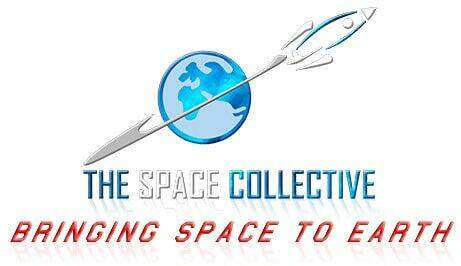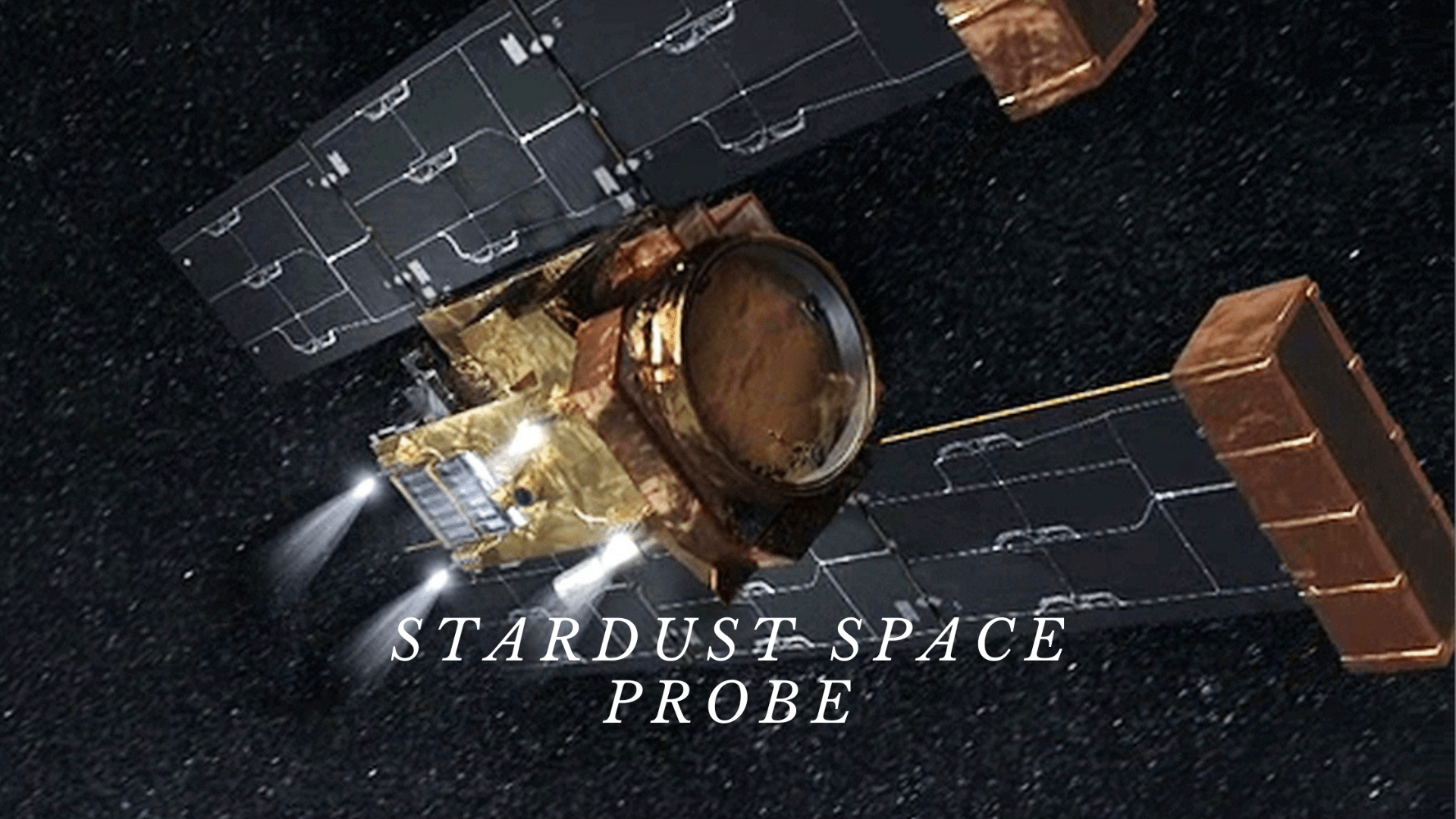
Stardust Space Probe
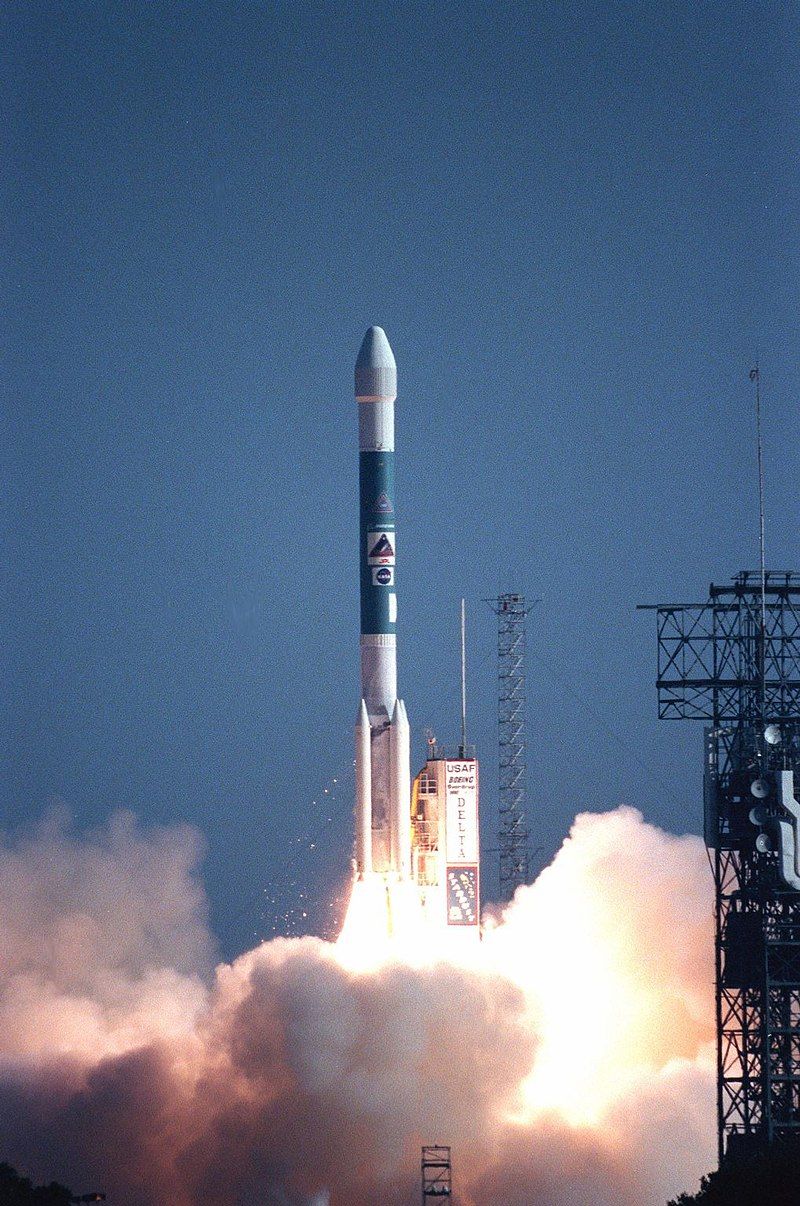
Stardust was a robotic space probe launched in 1999, by NASA. The primary mission was to collect cosmic dust and dust samples from the comet Wild 2 and return them to Earth, the first sample return mission of its kind. Comet Wild 2 was selected as the mission's primary target for the unprecedented chance to observe a long-period comet that had ventured near the Sun. It was suspected that most of the original comet formation material would still be preserved.
On February 7, 1999, Stardust was launched from Cape Canaveral, Florida, on a Delta II 7426 launch vehicle. The complete burn sequence lasted for A 27-minute burn sequence that brought the spacecraft into a heliocentric orbit. This orbit would bring the spacecraft past Earth for a gravity assist maneuver in 2001, in order for it to reach asteroid 5535 Annefrank in 2002 and comet Wild 2 in 2004.
Stardust encountered asteroid 5535 Annefrank on November 2, 2002. This encounter was used primarily as a test of both the spacecraft and ground operations to prepare for the Wild 2 encounter, which occurred on January 2, 2004. The spacecraft encountered Wild 2 on the sunward side at a distance of 237 km. The original encounter distance was supposed to be much closer at 150 km. However, this was changed after a safety review board increased the closest approach distance to minimize the potential for catastrophic collisions. The relative velocity between the Wild 2 and Stardust was such that the comet overtook the spacecraft from behind as they orbited Sun. The spacecraft approached the comet on the sunlit side of the nucleus. The spacecraft deployed the Sample Collection plate during the flyby to collect dust grain samples from the comet's coma and took detailed pictures of the icy nucleus.
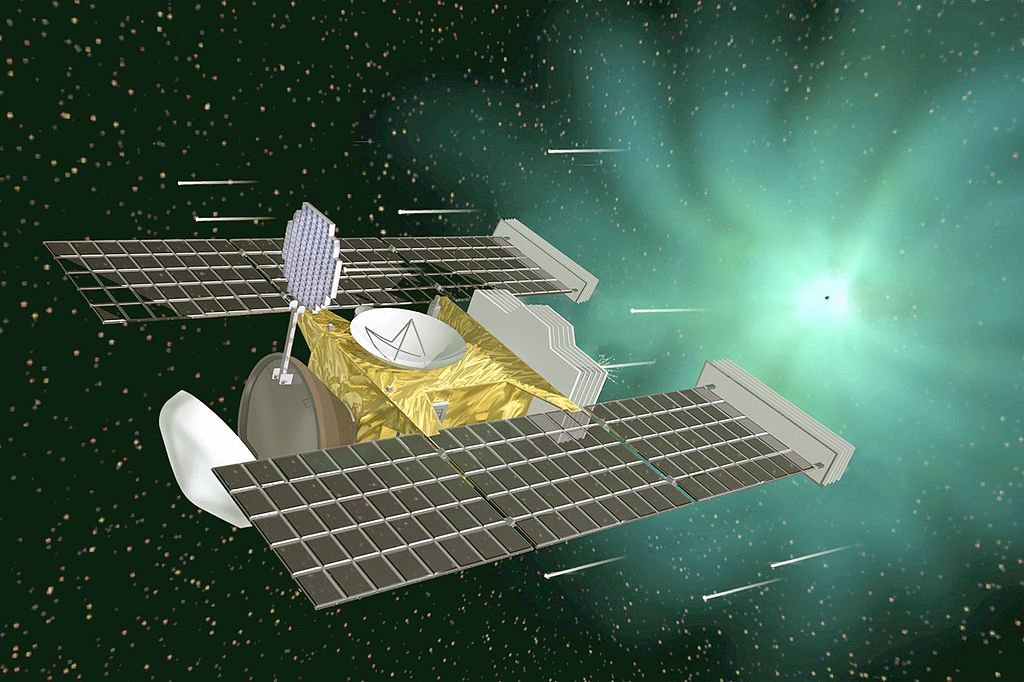
On January 15, 2006, the SRC successfully re-entered the Earth's atmosphere with a velocity of 12.9 km/s. This made it the fastest reentry into Earth's atmosphere ever achieved by a human-made object. The heat shield reached a temperature of more than 2,900 °C during the steep reentry. The capsule then parachuted to the ground and landed at the Utah Test and Training Range. The capsule was then transported from Utah to the Planetary Materials Curatorial facility at Johnson Space Center in Houston, Texas, to begin analysis.
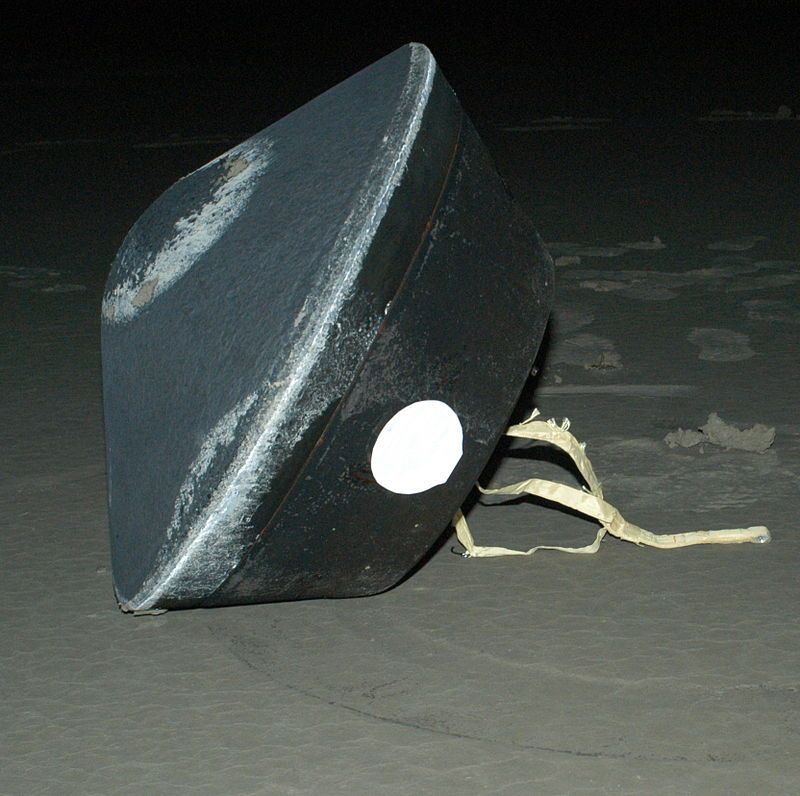
In 2009, NASA announced that scientists had identified the amino acid glycine as one of a comet's fundamental building blocks of life. Glycine has also been detected in meteorites and has been observed in interstellar gas clouds. However, the Stardust find is considered as a first concerning cometary material. Scientists believe the presence of glycine in comets reinforces the idea that life in the universe may be more common than originally thought and supports the idea that the fundamental building blocks of life are prevalent in space.
